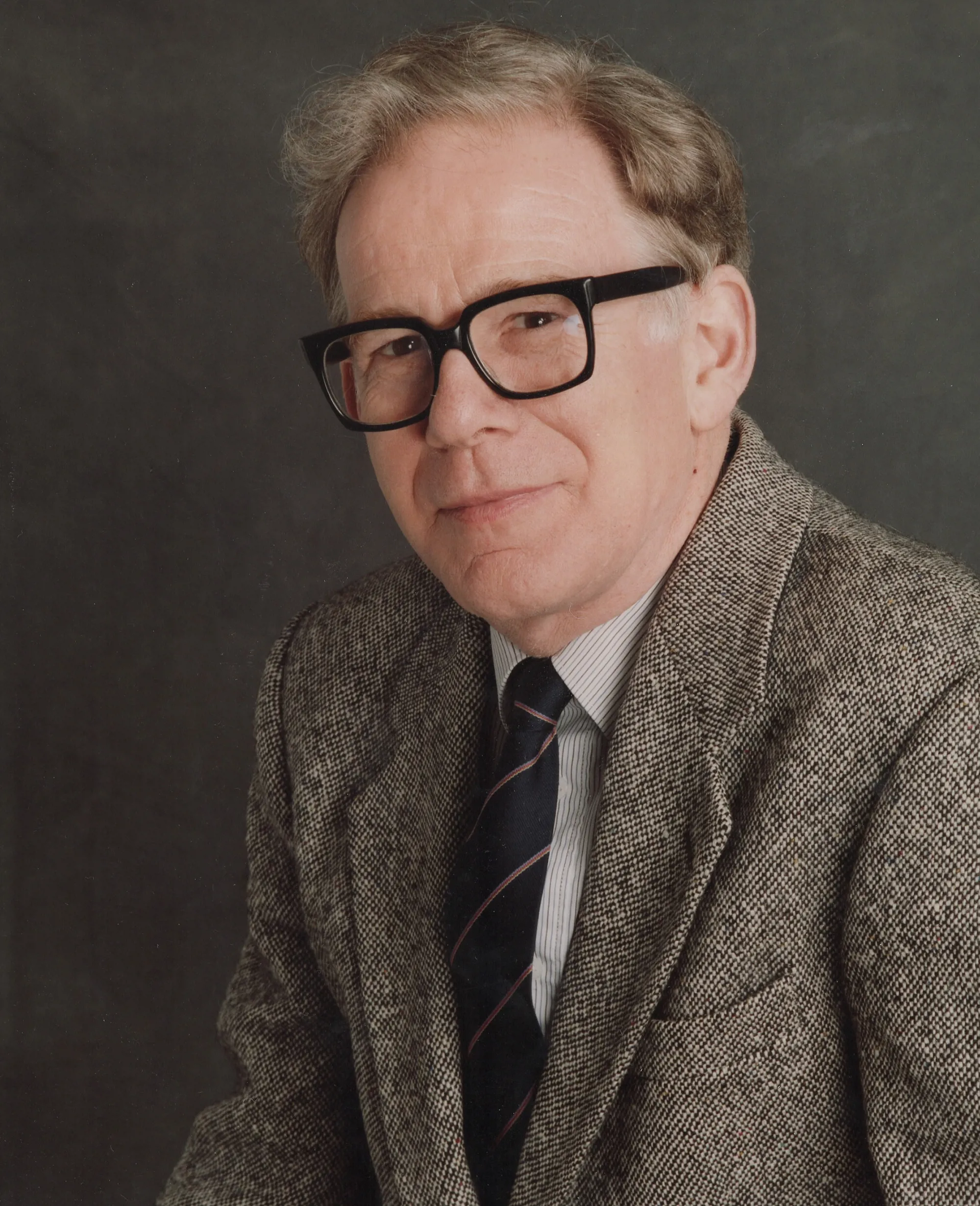Michael Hubert Cox FIET, December 1932 – April 2022
Published: Thu 7 Jul 2022
Published: Thu 7 Jul 2022
Michael Hubert Cox FIET, a giant in the evolution of UK colour television, died on 1 April 2022, at the age of 89. He had latterly been suffering from dementia.
Michael, known to everyone as Mike, was born in Lancashire in 1932 and attended The Dragon School. During his education, Mike won a scholarship to Dulwich College which resulted in the family moving to live in South East London.
On leaving Dulwich College in 1950, Mike went to University College London to study Electrical Engineering. Whilst at UCL, Mike joined the British Amateur Television Club and it was here, in 1955, that he built a television flying spot film scanner.
In 1959, Mike joined Associated Rediffusion at Wembley as a studio maintenance engineer where he built an iconoscope camera in his spare time!
Mike started working for ABC Television at their Teddington Studios in 1961, initially as planning engineer, then as Independent Television’s (ITV) only colour development engineer for some years.

Here, he was involved in the investigations and demonstrations of NTSC, PAL, SECAM and NIR colour systems on 405, 525 and 625 lines.
At ABC Television, Mike worked for Howard Steele, who was the Chief Engineer and went on to become Director of Engineering at the Independent Television Authority (ITA) in 1966.
Whilst Steele was at ABC, he persuaded the ABC Board in 1961 to invest some money in colour television investigations.
As a result of the colour system investigation work of Mike and his team, Steele was invited to join the European Broadcasting Union (EBU) Ad Hoc Group on colour systems.
Mike and his small team gave demonstrations on SECAM in the Studio at ABC Television to both EBU and CCIR groups. During these demonstrations they got to meet the greats of the European Television fraternity.
The first-ever SECAM vision mixer was demonstrated during this time, as was the recording of programmes on the monochrome (RCA TR22) VTRs, which were installed at Teddington.
Mike’s team also gave colour television demonstrations to the British General Post Office (GPO), to support a series of lectures which they were giving to interest groups around the UK.
For these demonstrations they required a SECAM video source because the alternative NTSC video source from the BBC would not have travelled far on the GPO’s video circuits of the time due to their bandwidth limitations.
The picture sources used in the demonstration were from a Rank Cintel polygon 35mm flying spot telecine machine and a crude colour caption facility consisting of Mike's home-built vidicon camera and a colour synthesiser, which was the prototype, what was later to become known in the industry as the COXBOX.
With the change in Independent Television Franchises in 1968, Mike left ABC Television having made the decision to set up his own television equipment design and manufacturing company, Michael Cox Electronics Ltd (MCE).
The successful uptake in the market of their first product, the aforementioned COXBOX, underpinned the company’s further development, and the company grew significantly, building up a good range of coding, switching and mixing products.
By 1985, the company employed 125 staff. The COXBOX name was given to the product by a German customer, ZDF, who bought one of the first units. In all, around 400 COXBOX units were made between 1967 and 1982.
MCE was bought by Carlton Communications in 1985 and Mike left the company shortly afterwards. In the following year, Mike helped financially with a management buyout of a company from GEC-McMichael.
Mike became a major shareholder and non-executive director of this new company, set up as Vistek Electronics.
Mike joined the Institution of Electrical Engineers (IEE) in 1955 and resigned due to new membership rules in 1966. He re-joined in 1986 and was awarded fellowship in the same year.
It was during his time at Rediffusion that Mike joined the Royal Television Society (RTS) in 1958 and in subsequent years he became a Member of the RTS Council from 1967-1975, 1977-1980 and 1981-1984.
He was Chair of the RTS Papers Committee from 1967-1975, and in this position he helped organise the technical papers for the first International Broadcasting Convention (IBC) in 1967.
Mike was invited to join the IBC Management Committee in 1988, where he became Deputy Chairman in 1991 and then Vice President of IBC in 1998.
Mike was heavily involved in the negotiations with the IEE in 1996 to allow it and all the other sponsoring organisations to each have a shareholding in IBC.
Mike was appointed to the Board of Directors of the British Board of Film Classification (BBFC) in 1991 and retired in 2010. Patrick Swaffer, the President of the BBFC, declared that Mike was a man full of good humour and common sense, with a good business brain.
During retirement, Mike built his own 3D colour television system. He then took it to various amateur radio clubs and universities in the South East of the UK with a flat projection screen (used for the demonstrations) tied precariously to the roof of his Fiat Panda car.
On one occasion it fell off whilst he was driving on the M3 motorway, but luckily he was driving on the inside lane!
In 2006, Mike volunteered to help at the Richmond Talking Newspaper (RTN) and Alec Thomas, the then Chair of RTN, recalls Mike using his technical skills and mischievous sense of humour to migrate the whole operation from audio-cassettes to digital media without any major problems.
This resulted in RTN being one of the first Talking Newspapers in the UK to achieve this transition.
Mike had a wonderful sense of humour, was brilliant at electronic circuit design and he will be sorely missed by all who knew him in the industry.